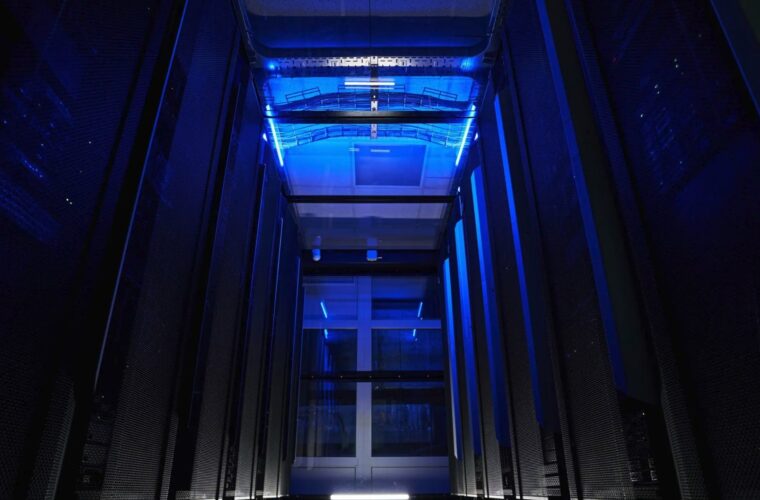Backing up data: Data nowadays is considered more than just the files on your desktop or the pictures in the cloud. It’s your digital identity, your job, and your memories. From ransomware attacks to hardware failures, unfortunately, losing your data isn’t a matter of if but when. That’s why having a backup plan isn’t just a nice thing to have, but it’s necessary for your safety online.
It’s easy to postpone backups when everything seems fine, but all it takes is one sudden crash, deletion by accident, or even hacking to lose months or even years of work. And with the increasing popularity of remote work and cloud-first operations, safe and redundant backups have never been more critical.
The golden 3-2-1 rule: what it is and why it works
Techies who care about security swear by the 3-2-1 rule: keep three copies of your data on two different types of media and store one copy somewhere else. It is a simple idea that comes from the ideas of dependability and resilience. The goal is to get rid of single points of failure and make a defence against many possible threats, such as ransomware attacks, accidental deletions, fire, theft, and coffee spills.
Let’s put it into perspective. Say you keep your primary files on your laptop. That’s copy number one. You also sync those files to an external hard drive or a NAS device, copy number two, and store them on a separate physical medium. For your third copy, you use a cloud backup service like Backblaze, Wasabi, or AWS S3, one that lives completely offsite, independent of your local environment. This structure ensures that even if two storage locations fail, one remains available. It’s not just smart; it’s survival-grade planning for anyone who values their digital life.
Cloud vs local: the everlasting backing up data debate
There’s a good reason why cloud backups have become so popular. They are easy to expand, let you access from anywhere at any time, and often come with useful features like version history, end-to-end encryption, and geographic redundancy. Services like Google Drive, Dropbox, and iDrive are easy to use and work well for most people. Businesses and power users may choose enterprise-level software like Acronis Cyber Protect or Wasabi to make their data safer and give them more control over how it is saved and copied.
However, this doesn’t mean local backups are useless. On the contrary, local backups are very important for quick recovery and access while you’re not online. Local storage, like an external hard drive, a NAS with RAID, or even a tough USB drive kept in a drawer, makes restores faster, especially when there are a lot of files or a full system image to recover.
Also, users who have to follow strict privacy or compliance rules may feel safer keeping backups in the same place they work. Most of the time, the best plan is a hybrid one that uses both the cloud’s ease of use and the speed and control of local storage.
Automation: set it, forget it, and sleep better
Manually backing up data is a fast track to inconsistency. Missing just one day can add up to weeks, and soon, you’re living on hope instead of redundancy. How to solve it? Automated backup systems. Automation ensures that backups occur on schedule and without problems, regardless of whether you use built-in technologies like Windows File History or macOS Time Machine or create your own scripts for rsync cron tasks.
Many cloud providers also offer automated scheduling with notifications and version history. And if you’re managing multiple machines or a small business environment, consider a central backup orchestrator like Veeam or Synology Active Backup. These solutions reduce human error and make restoring data less stressful during a crisis.

Testing your backups: restore or regret
Too many people have backups that don’t actually work. Files go missing, restores fail, or formats get corrupted. That’s why it’s important to test your backups after making them. Set up regular restore tests, then choose a file at random, restore it, and make sure it’s still good.
If you’re in charge of systems at work, you should do emergency recovery drills. You can use these to make sure that your team knows what to do in case of a real failure and that your backup system can handle the stress. It’s not enough to have copies; you need to be able to rely on them when things go wrong.
At the heart of all this tech talk is something very human: peace of mind. Safe data backups aren’t about paranoia or preparing for the apocalypse; they’re about continuity, trust, and having the freedom to create, knowing you’re protected. If you’re a developer, a small business owner, or just someone who doesn’t want to lose their family pictures, having a good backup plan is like having a secret superpower. You may never need it. But when you do, you’ll be glad you didn’t wait.



